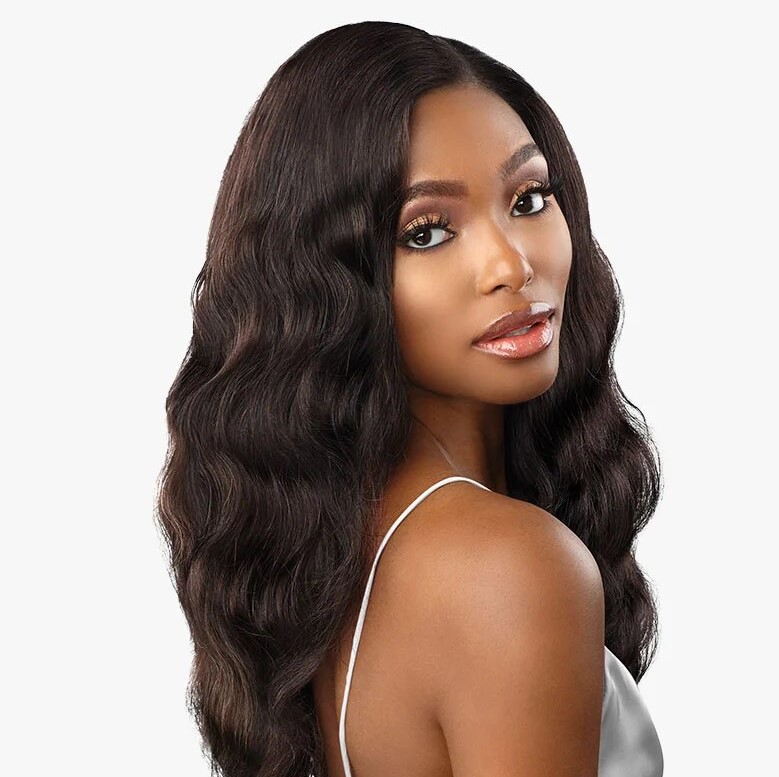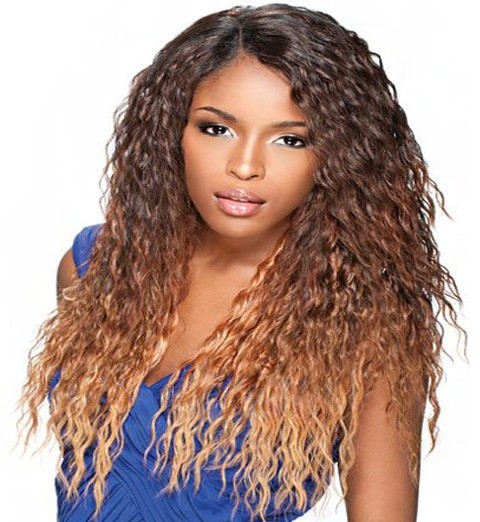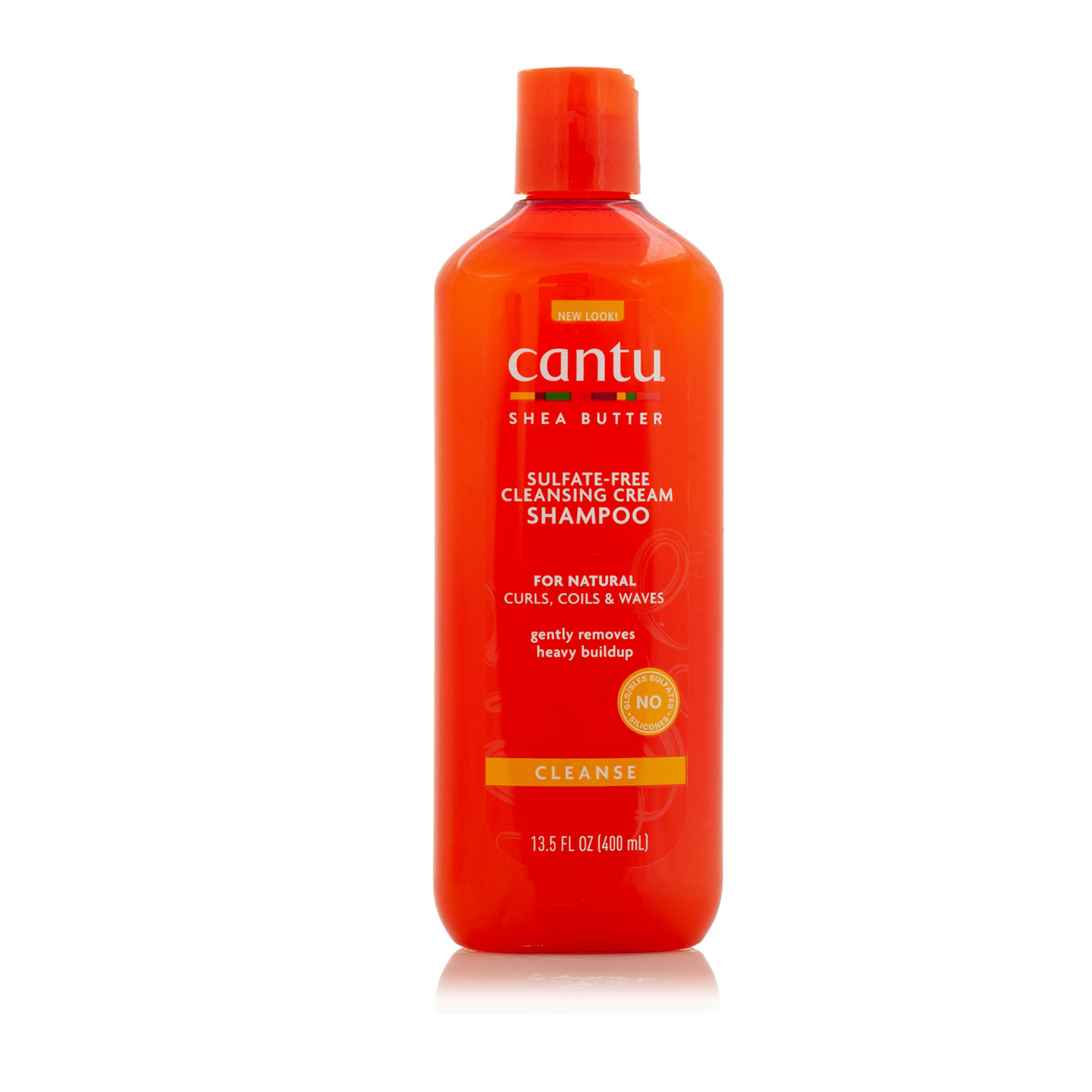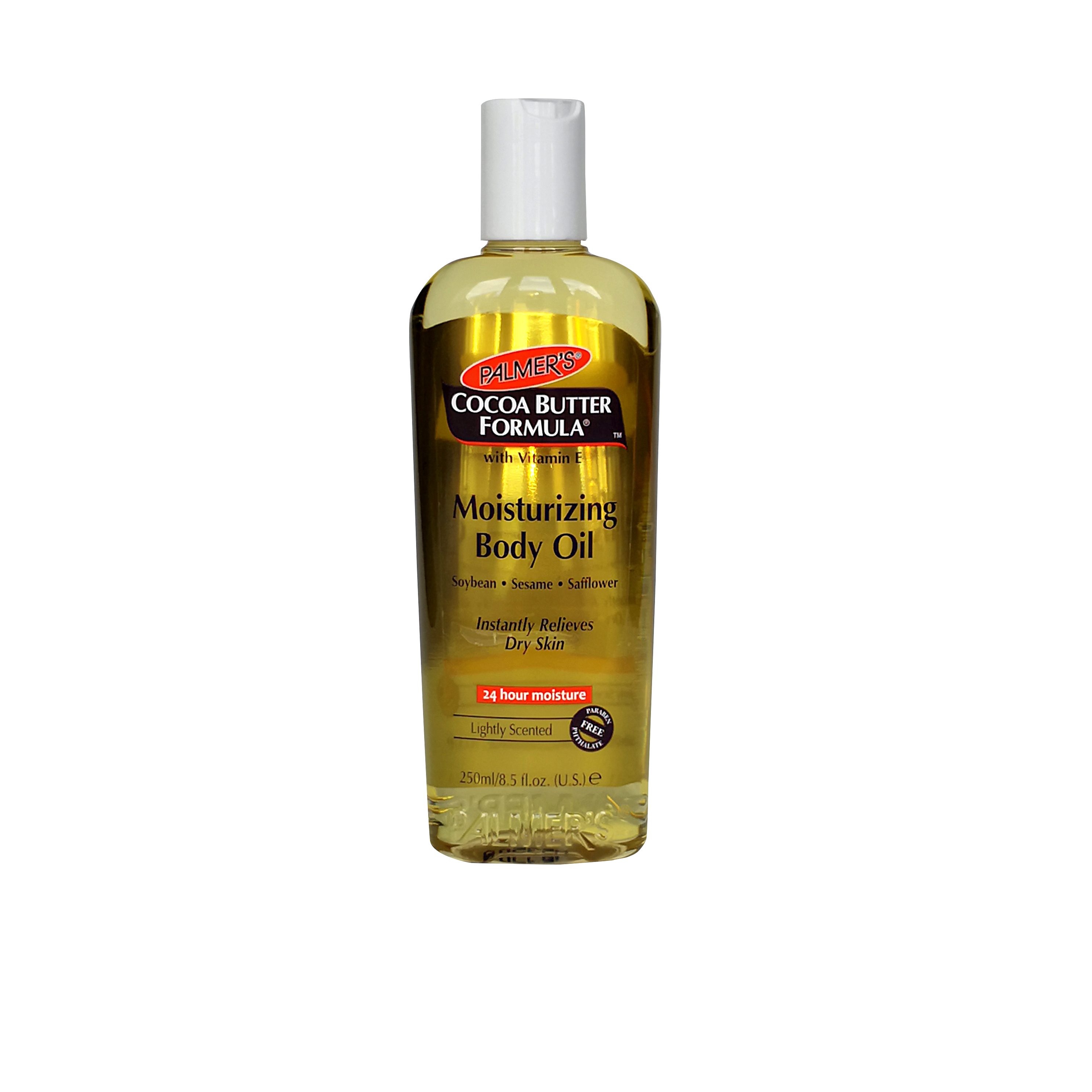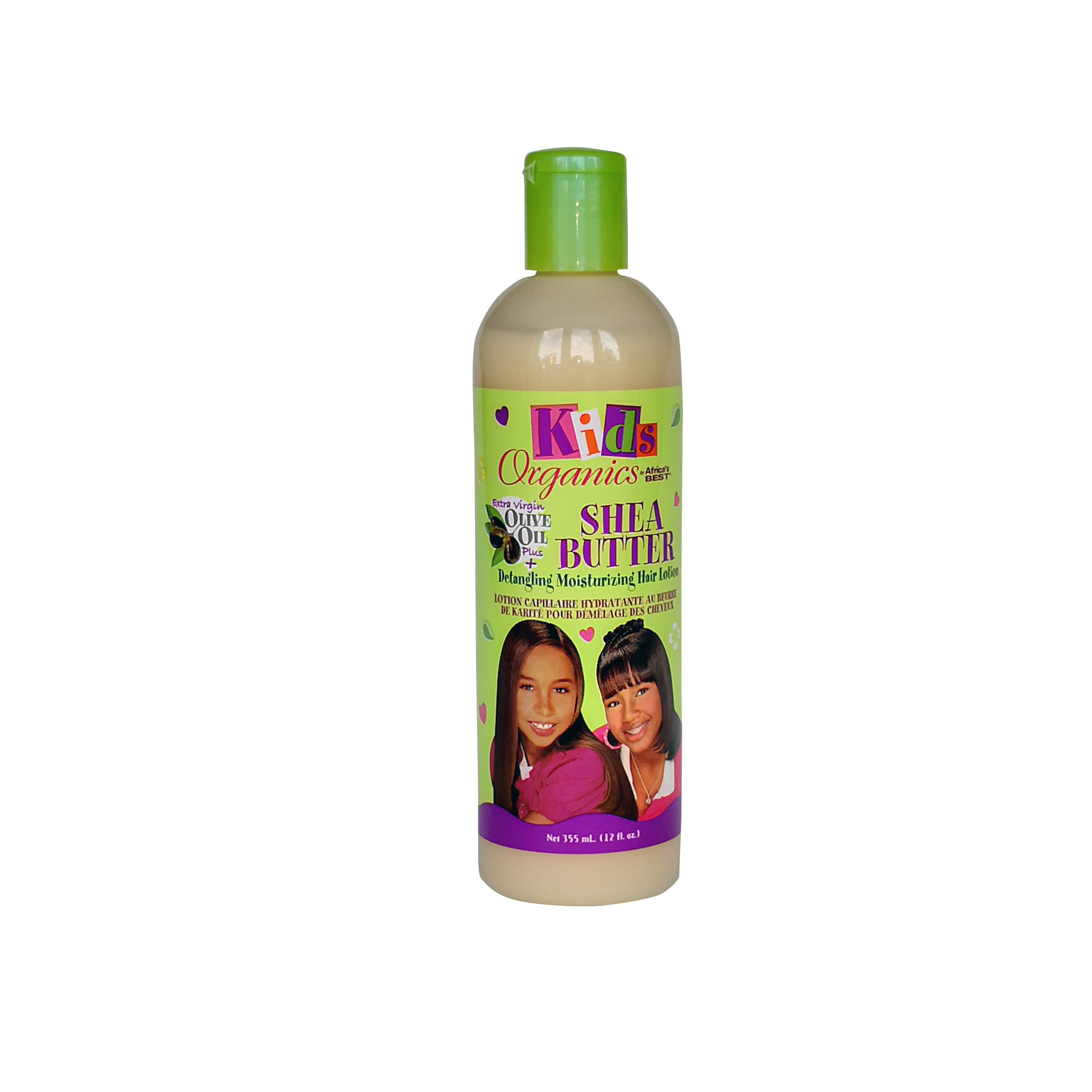Your cart is currently empty!

June 10, 2024
Introduction:
Afro hair is not just a hairstyle; it’s a celebration of diversity, culture, and identity. From its rich history to its unique characteristics, Afro hair has played a significant role in shaping the narratives of individuals and communities worldwide. In this blog post, we delve into the beauty and significance of Afro hair, exploring its cultural importance, styling tips, and the journey towards embracing natural hair.
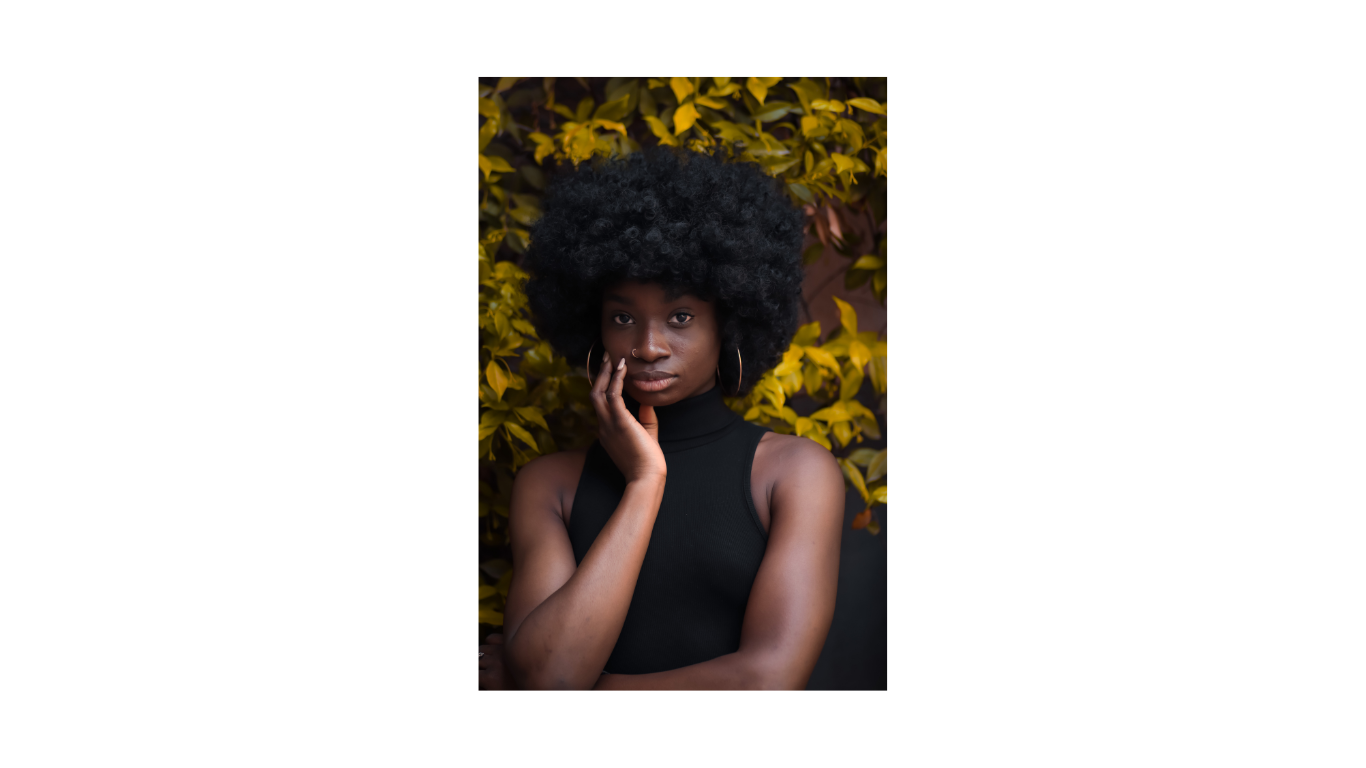
Celebrating afro-textured hair is a wonderful way to embrace and appreciate its beauty, versatility, and cultural significance.
The History of Afro Hair:
Afro hair holds a profound cultural significance that spans centuries. Rooted in Africa’s diverse cultures and traditions, hairstyles have served as symbols of identity, status, and heritage. Traditional African hairstyles vary across regions and tribes, with intricate braids, twists, and adornments reflecting cultural customs and beliefs. Through centuries of colonialism and oppression, Afro hair has been a symbol of resistance and resilience, defying Eurocentric beauty standards and embracing natural textures.
The Beauty of Afro Hair:
Afro hair comes in a multitude of textures, ranging from tight coils to loose curls, each with its unique beauty. Its versatility allows for endless styling possibilities, from voluminous afros to intricate braided designs. However, embracing natural hair isn’t just about aesthetics; it’s about self-love and acceptance. Learning to care for and celebrate one’s natural hair can be a transformative journey, fostering a sense of empowerment and pride in one’s identity.
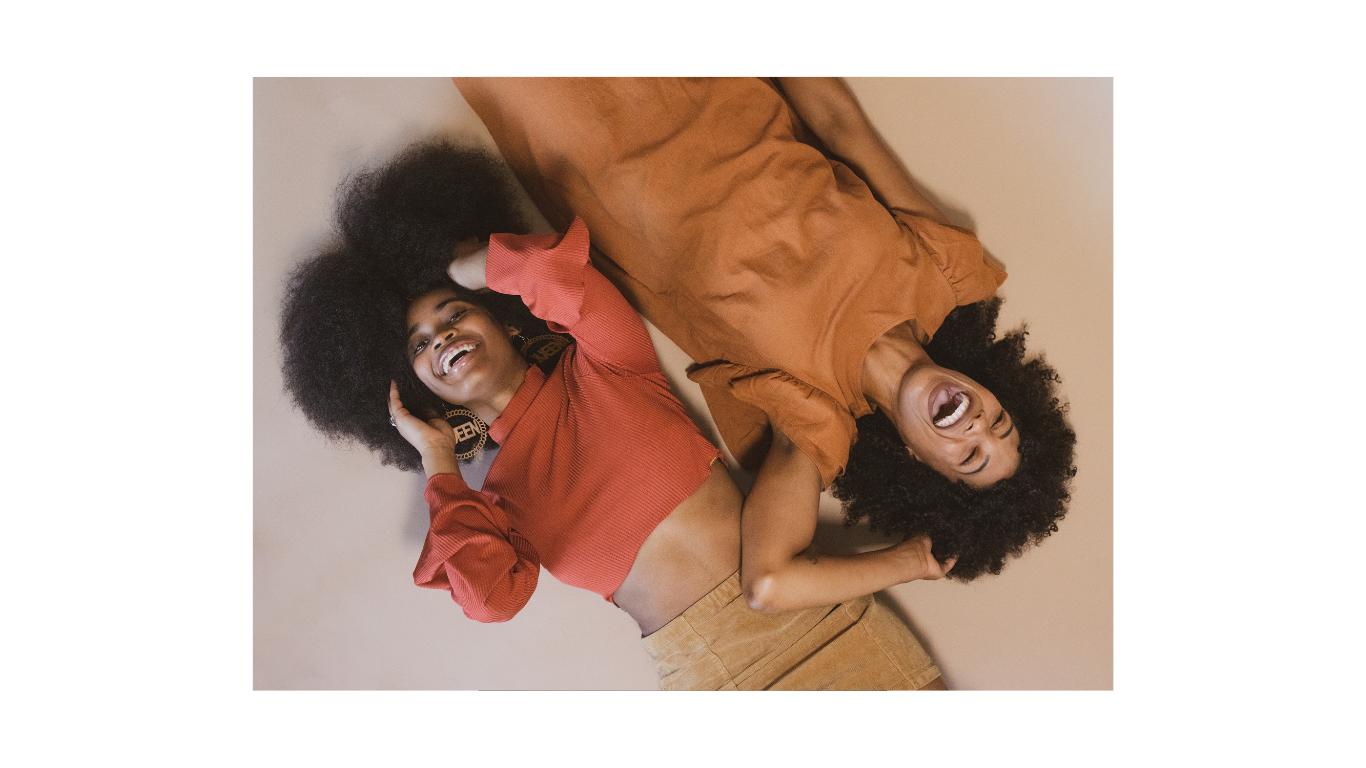
Styling Tips for Afro Hair:
Caring for Afro hair requires patience, dedication, and the right techniques. Here are some tips for maintaining healthy and vibrant natural hair:
- Moisture is Key: Afro hair tends to be dry, so regular moisturizing is essential. Use hydrating shampoos, conditioners, and leave-in treatments to keep hair nourished and moisturized.
- Gentle Detangling: Use a wide-tooth comb or your fingers to detangle hair gently, starting from the ends and working your way up to prevent breakage.
- Protective Styling: Protective styles such as braids, twists, and bantu knots help minimize manipulation and protect hair from damage caused by environmental factors.
- Embrace Heat-Free Styling: Limit the use of heat styling tools to prevent heat damage. Embrace natural hairstyles that showcase the beauty of your hair’s texture.
- Regular Trims: Trim split ends regularly to maintain healthy hair growth and prevent breakage.
Embracing Natural Hair:
Embracing natural hair isn’t just a trend; it’s a movement towards self-acceptance and cultural pride. By celebrating the beauty of Afro hair, we challenge societal norms and redefine beauty standards to be more inclusive and diverse. Whether rocking a fro, braids, or locs, every hairstyle tells a story and carries with it a legacy of strength, resilience, and beauty.
Conclusion:
Afro hair is more than just a hairstyle; it’s a symbol of identity, culture, and resilience. By embracing and celebrating natural hair, we honor our heritage and empower future generations to love and accept themselves just as they are. Let us continue to celebrate the beauty and diversity of Afro hair, one strand at a time.

